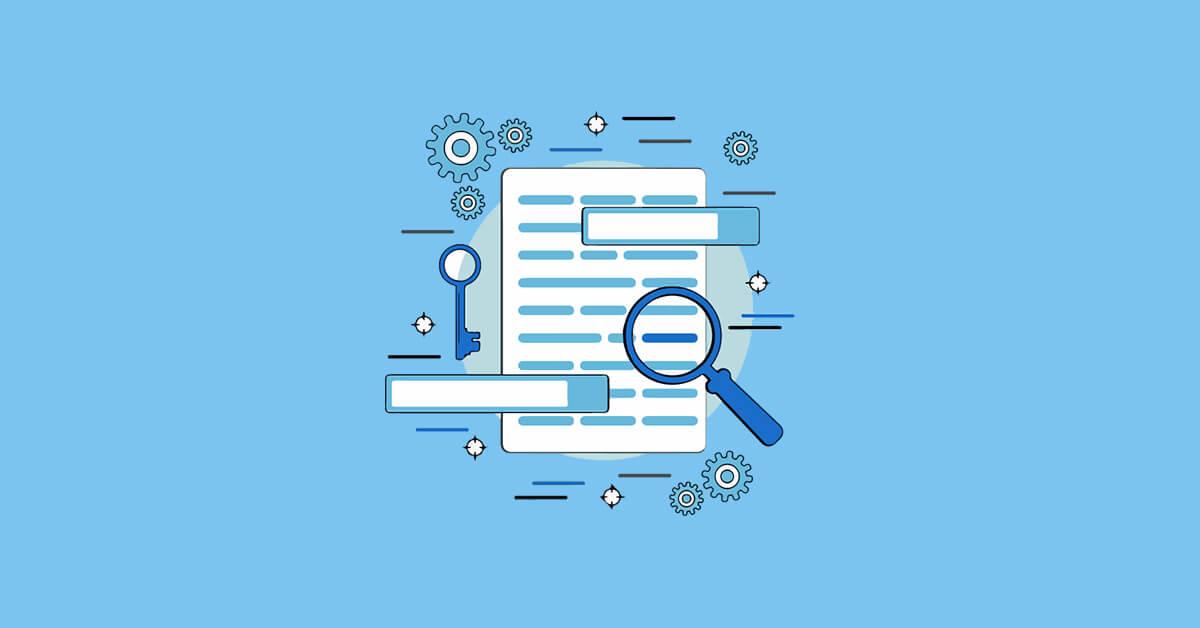Many people can search everything up with an engine, such as Bing or Google. But search engines, too, need to look up pages, so they show up in search engine results pages or SERPs! As a result, Google has amassed a colossal sea of knowledge. So, if you want your domain or website content to show up on search results, Google has to crawl and index it first. So, naturally, SEO-savvy businesses take on the best strategies and processes to get their content to the first page of results, if not the top spot! Of course, one can improve SEO with Google Search Console, but we’ll focus on Indexing here.
What role does Google Indexing play?
Before Google Indexes pages, it crawls them first, much like IndexNow. Crawling refers to Google looking for “new or updated” webpages. So, Google’s crawler, AKA Googlebot, analyzes a page’s content, then stores the content in its index. Afterwards, Indexed pages will show up on Google Search Results. Ta-da! Google has indexed the page.
Of course, most pages on the ‘Net are Indexed, but Google can Index pages they don’t have access to — “for example, if a page is blocked by a robots.txt directive.”
Duda hosted a webinar on the topic of how rendering impacts SEO. Martin Splitt from Google responded to whether rendering SEO can help with rankings during this webinar. Splitt answered that problems could cause Google not to register the content. If something breaks the render, the content doesn’t appear on Google. Thus, Google cannot see your content, and SEO tactics or processes won’t work.
Thus, while it isn’t specifically a ranking factor on its own, Indexing is still vital as SEO cannot happen without it.
Indexing ties back to SEO, as page experience is essential for Google Search. Additionally, Core Web Vitals, which is a 2022 trend for SEO, plays a part in Google’s Indexing and thus is instrumental in your SEO.
Quick concerns related to Google’s Indexing!
It’s Google’s job to collect, that is, crawl and index pages for people to search up later. However, GoogleBot doesn’t crawl too many pages sometimes. The reason? It’s elementary: bandwidth issues. Simultaneously crawling all URLs awaiting Indexing is a bad idea!
With a tremendous amount of pages and URLs, servers may not be able to keep up with site visitors and bots (including Google’s). A good thing about Google is that it’ll adjust its crawling process if the server can’t handle it. Additionally, a queue also lessens the number of pages to be Indexed.
After all the processes, the page will get its turn to be crawled, then rendered, and Indexed. In Google’s own words, they “take note of key signals — from keywords to website freshness — and we [Google] keep track of it all in the Search index.”
Rendering the content
Splitt explained further the rendering stage of the Google Indexing process. Now, the rendering process involves JavaScript execution.
So once a page has been crawled, Google looks into it further, specifically at its HTML and then its HTTP status. Is there ample HTML content? Then it’s ready for the rendering process. However, if its HTTP status is 404, the process will come to a screeching halt, and Google can do nothing else. The same goes for the situation mentioned earlier: if there’s a robots meta tag preventing Google from Indexing.
After this process, the second queue is quite secretive, as Splitt — and by extension, Google — kept mum on how long it takes for rendering to finish up.
Here’s a simple summary of the entire process:
1. Google discovers a page.
2. Then, Google queues it up, and after a certain period, Google crawls that page.
3. Google will render that page.
4. Upon crawling and rendering, Google will then index the page.
5. After Indexing, the page can rank on SERPs.
Streamline your SEO processes by preparing your webpages for Google Indexing!
When you look something up on Google, the search engine has to sift through hundreds of thousands or millions of pages on the Internet for your desired results! While that’s a lot of information for one person, Google makes it easier to get what you need out of it.
Thus, Google relies on crawlers to find that information, store it, and organize it. However, Google has to keep up with new and updated knowledge; thus, it constantly has to crawl and index pages. These processes even include updates to preexisting pages, which will help SEO immensely!
As a quick summation of how the Indexing process works, first, Google discovers a page. Next, the page goes into a queue to keep servers from taking on too many pages for crawling. Then, when it’s the page’s turn, Google will crawl, render, and index the page when the page gets its turn! This will make it ready for ranking. SEO specialists can then work their magic and go through their usual processes to get ahead of their competitors.

